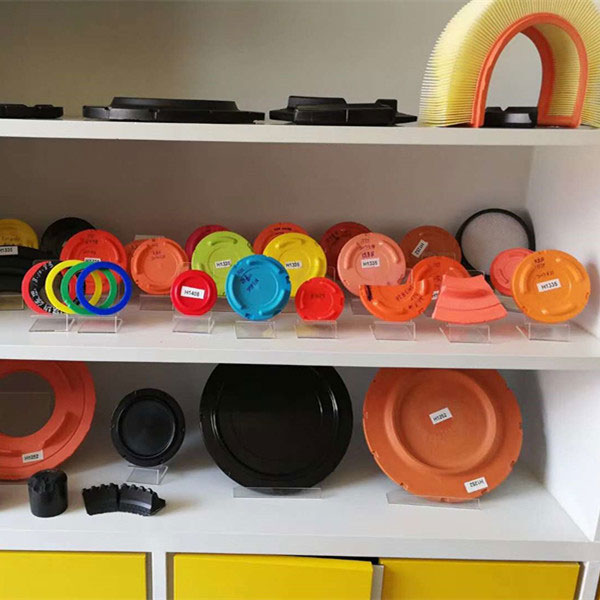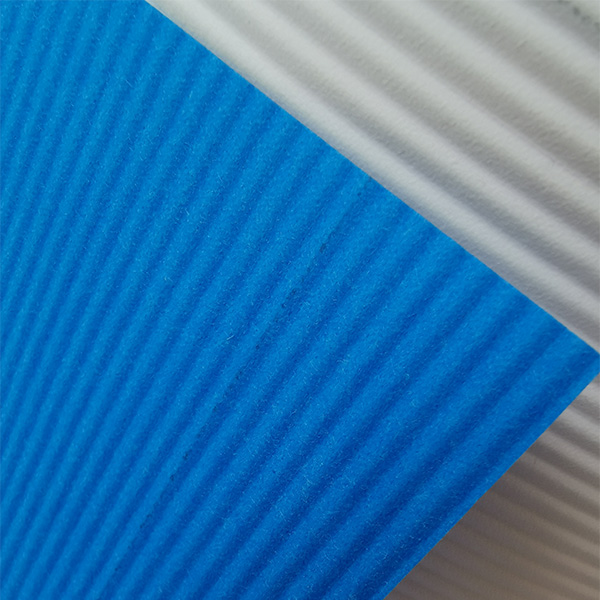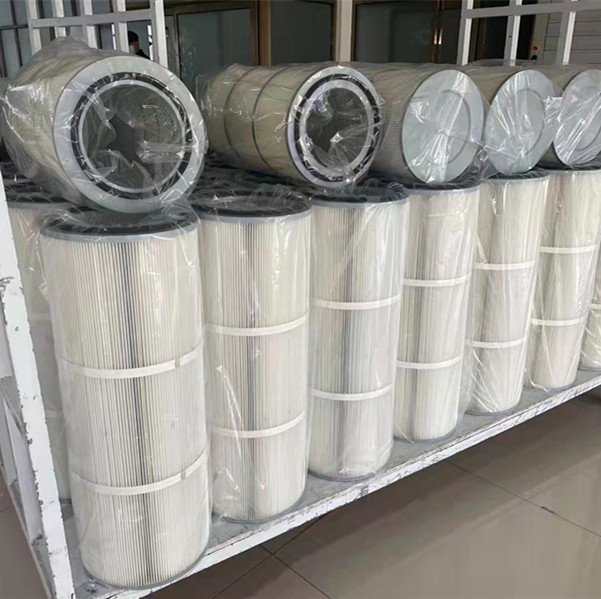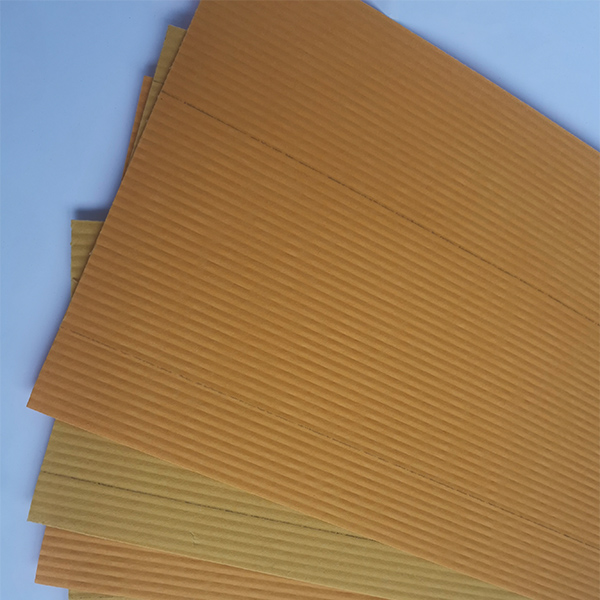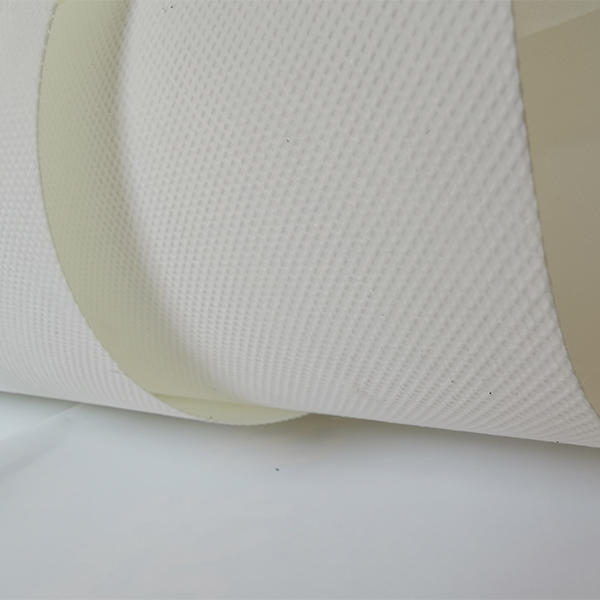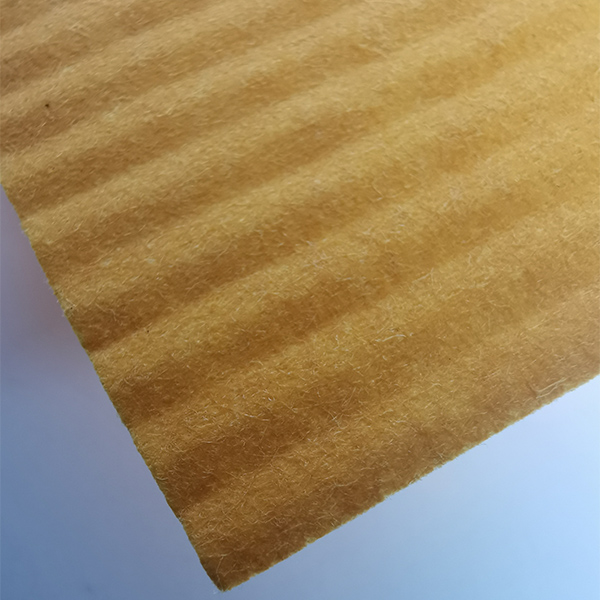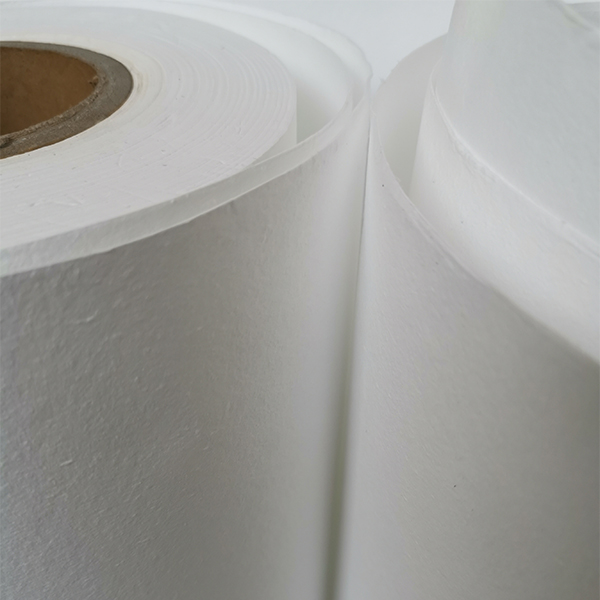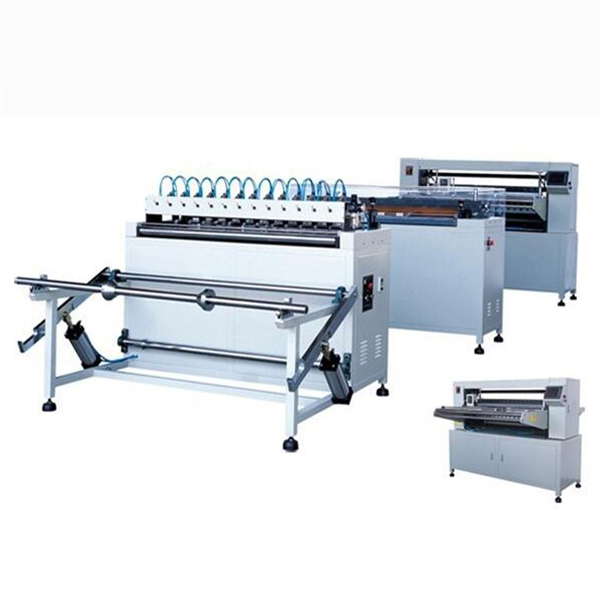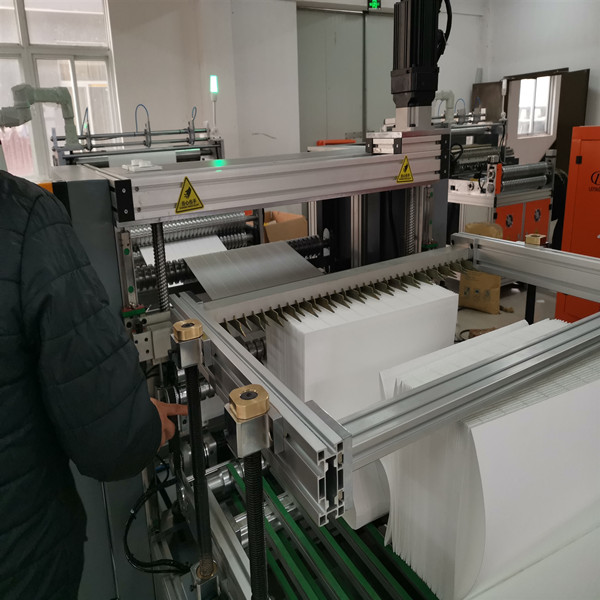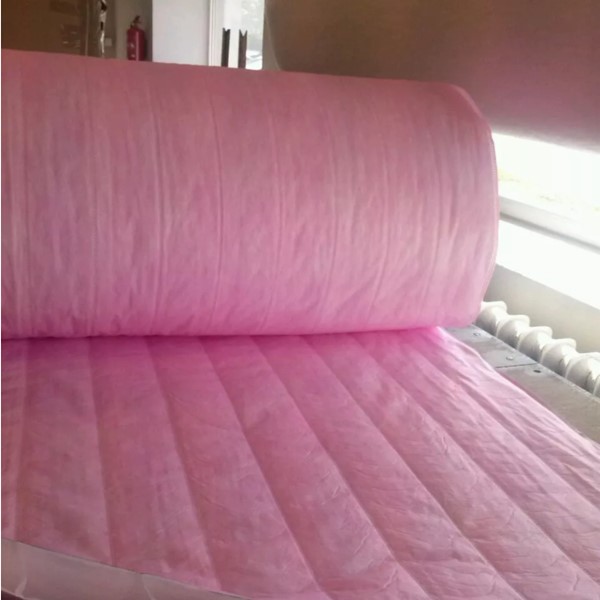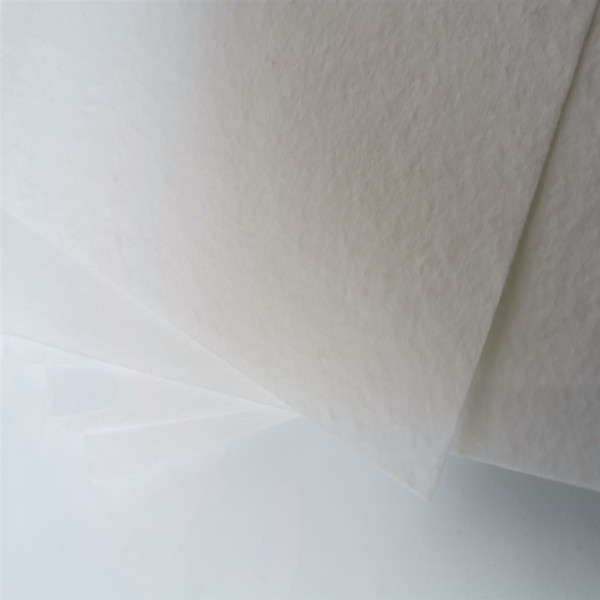Metal Caps For Filters: the small parts that make or break your element
If you live in the world of filter end caps, you know the job looks simple until it isn’t. A slightly warped cap, the wrong coating, or a sloppy adhesive bead—and suddenly the whole element fails a leak test. I’ve seen that movie.
Origin note: Made in No.580 Gongnong Road, Shijiazhuang City 050000, Hebei, P.R. China. The product family here—Metal Caps For Filters—covers galvanized, anti-fingerprint steel, and plastic options for air, dust removal, oil, and fuel filters.

What’s trending (and what buyers are asking for)
- Corrosion performance: anti-fingerprint galvanized steel with stable salt-spray hours is hot.
- Cleaner assembly: tighter stamping tolerances to reduce PU/epoxy consumption and squeeze-out.
- Lightweight builds: plastic caps for HVAC and EV thermal systems, but still plenty of metal for oil/fuel.
- Traceability: laser codes on filter end caps are now common—surprisingly even on mid-volume lines.

Specs at a glance
| Product | Metal Caps For Filters |
| Materials | Galvanized steel, anti-fingerprint steel, plastic (PP/ABS); stainless on request |
| Thickness | 0.3–1.0 mm (≈0.5 mm typical for oil/fuel); plastics ≈2.5–4.0 mm |
| Diameter range | 40–400 mm; custom dies available |
| Coatings | Zn, anti-fingerprint, optional powder coat; REACH/RoHS compliant |
| Tolerances | OD/ID ±0.15 mm; flatness ≤0.3 mm (real-world use may vary) |
| Salt spray | ≥120 h neutral (ISO 9227) for anti-fingerprint steel; options to 240 h |
| Temperature | -40 to 120°C metal; plastics up to 90°C continuous |
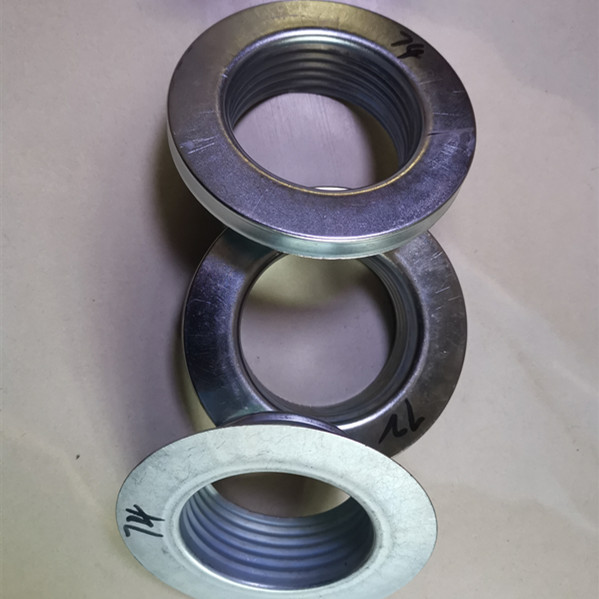
Process flow and testing
Materials: coil-fed galvanized or anti-fingerprint sheet; plastics: PP/ABS. Methods: stamping/deep-draw → trimming/deburr → surface clean → optional coating → adhesive groove form → laser mark → 100% visual sort.
- Assembly compatibility: PU potting, hot-melt, or epoxy bead; groove depth typically 2.0–3.5 mm.
- Tests: dimensional CMM, flatness, burr height, adhesion (cross-hatch), salt spray (ISO 9227), and assembled element integrity (ISO 2942) and multipass (ISO 16889) where applicable.
- Service life: HVAC 1–3 years; engine oil filters up to OEM interval; industrial dust collectors ≈ 6–18 months depending on ΔP cycles.
Sample data (anti-fingerprint steel): flatness 0.22 mm avg (n=30), neutral salt spray 168 h to white rust, adhesion GT0–GT1. Customers say the bead wet-out is “predictable,” which—honestly—is what you want.

Applications and advantages
- Air/HVAC: lighter caps reduce strain on frames; plastic works well in MERV 13+ upgrades.
- Dust removal: rigid metal filter end caps prevent telescoping under pulsed ΔP.
- Oil/Fuel: anti-fingerprint metal resists handling stains and improves gasket adhesion.
Advantages I’ve noticed in the field: less adhesive overfill, better concentricity, and fewer “mystery leaks” during bubble-point checks.
Vendor comparison (quick take)
| Vendor | Materials | MOQ | Lead time | Certs | Notable |
|---|---|---|---|---|---|
| ANYA Filter Media | Galv., anti-fingerprint, plastic | ≈2,000 pcs | 2–4 weeks (stock dies) | ISO 9001; IATF 16949-ready (confirm) | Tight groove control |
| EU Supplier B | Galv., stainless | ≈1,000 pcs | 1–3 weeks | IATF 16949 | Automotive PPAP depth |
| Local Fabricator C | Galv. | ≈500 pcs | 1–2 weeks | ISO 9001 | Fast prototypes, fewer coatings |
Customization and real-world notes
- Custom dies, emboss logos, in-groove gasket options, laser UID for trace.
- Private label kits shipped with matched adhesives to avoid cure surprises.
Case 1: a compressor OEM cut leak rework by 38% after switching to tighter OD tolerance caps. Case 2: a steel mill’s dust collectors saw 12% longer life thanks to thicker-gauge top filter end caps resisting pulse fatigue.
Customer voice: “The anti-fingerprint finish looks minor, but operators handle them cleaner and our bead is more consistent,” says a Midwest assembler. I’d agree.

Standards and compliance
Check your application spec: ISO 2942 (fabrication integrity), ISO 16889 (multipass), ISO 9227/ASTM B117 (salt spray), ISO 4548 (oil filter tests). For automotive, ask for PPAP and IATF 16949 alignment; for chemicals, confirm REACH/RoHS.
Authoritative citations
Post time: Oct-02-2025


